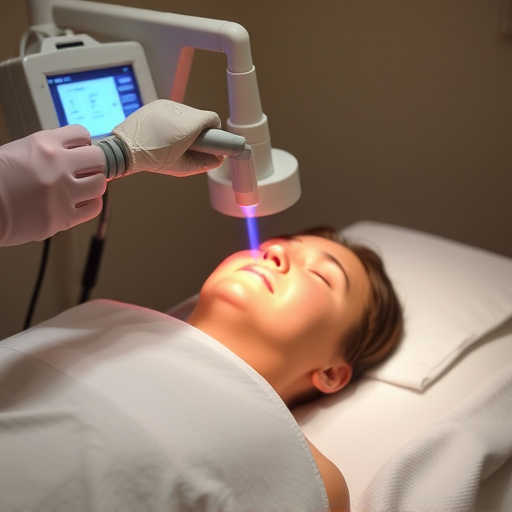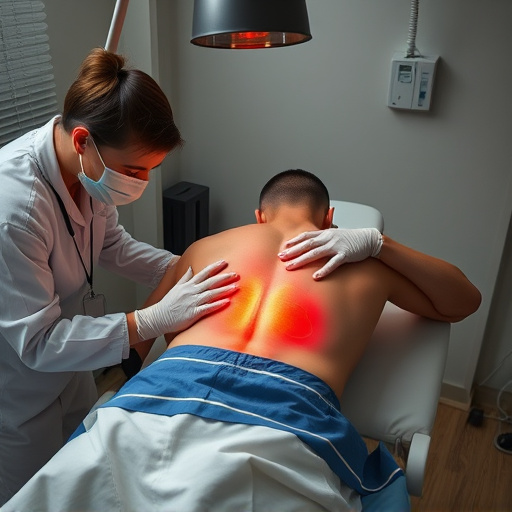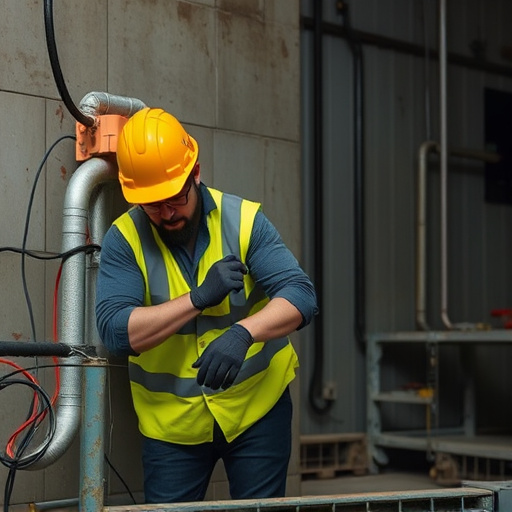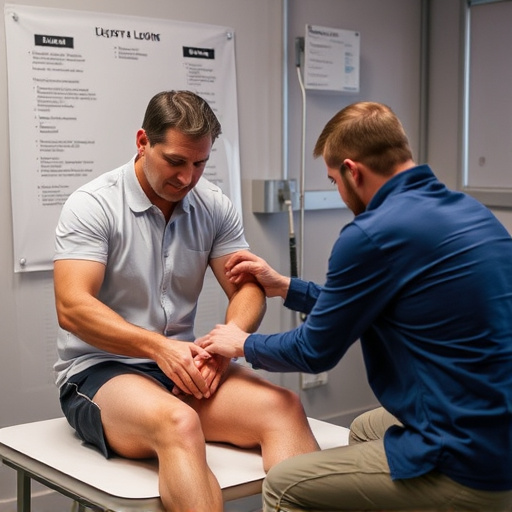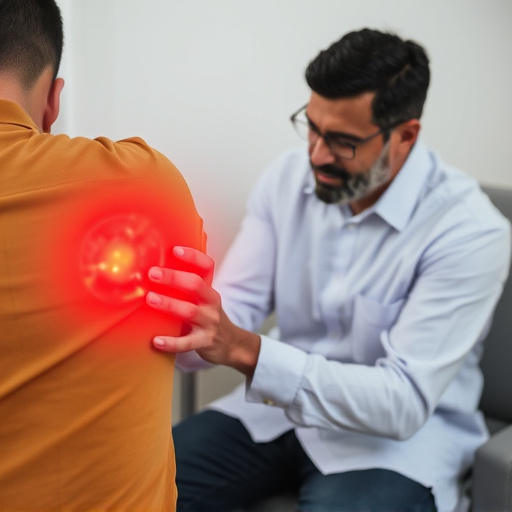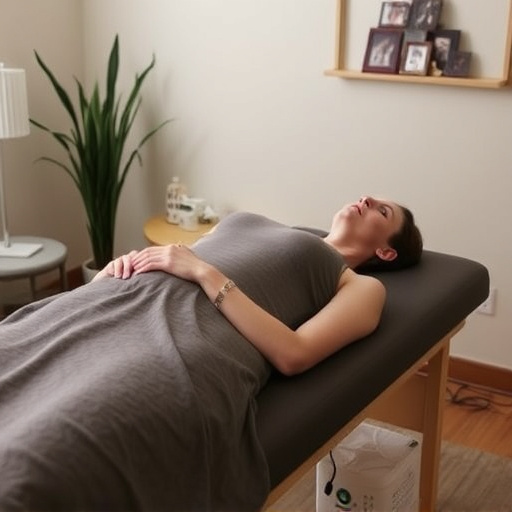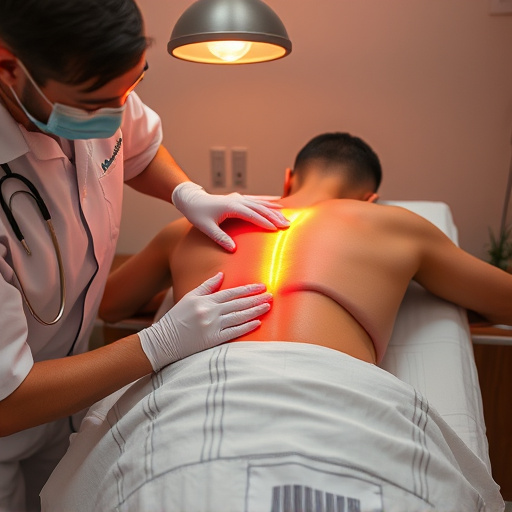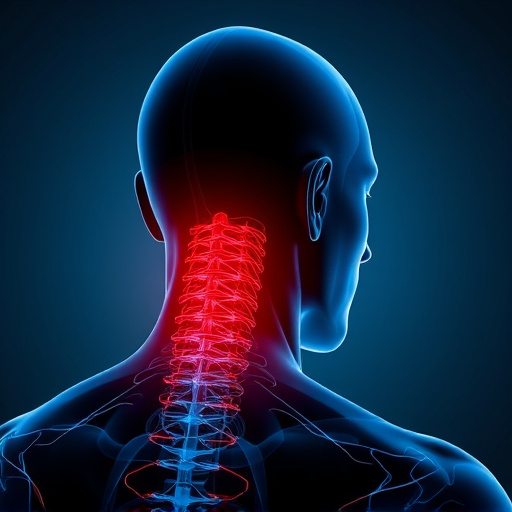In the crucial initial response to a motor vehicle accident, assessing scene hazards and ensuring safety is paramount for effective motor vehicle accident care. This involves identifying risks like leaking fluids or unstable vehicles, establishing a secure perimeter, and promptly evaluating injuries. Proper recognition of potential issues, such as neck pain, prevents further complications. Effective scene management coordinates emergency services and facilitates comprehensive victim assistance, including specialized rehab services and personalized treatment plans to restore mobility and independence post-accident.
In the aftermath of a motor vehicle accident, swift and effective response is crucial for victim safety and legal protection. This article guides you through best practices for navigating such scenarios, ensuring immediate well-being and long-term peace of mind. From assessing hazards and providing first aid to managing legalities and post-accident care, learn essential steps for optimal motor vehicle accident care. Protect yourself, assist others, and navigate complexities with confidence.
- Assessing the Scene and Ensuring Safety
- – Identifying immediate hazards
- – Protecting oneself and others at the scene
Assessing the Scene and Ensuring Safety
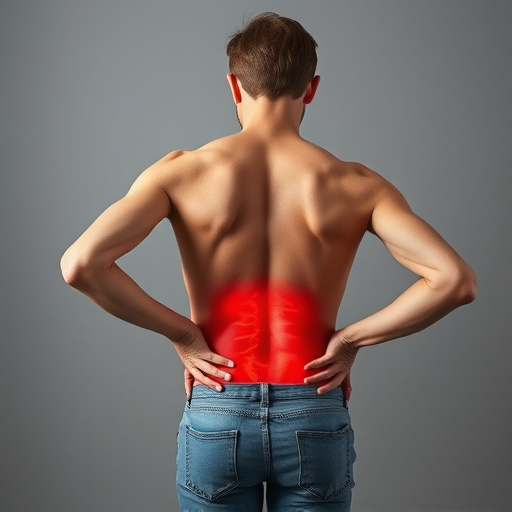
When addressing motor vehicle accident care, assessing the scene and ensuring safety is a top priority for all involved parties, from emergency responders to individuals affected by the incident. The initial step is to check for immediate hazards—like leaking fluids, fire risks, or unstable vehicles—to protect both rescuers and victims from further harm. It’s crucial to maintain a secure perimeter and direct traffic away from the accident site, preventing additional collisions or interfering with rescue efforts.
This phase also involves assessing the condition of all parties involved, looking for signs of injury, shock, or distress. Identifying critical injuries like neck pain, which can manifest in various forms following a crash, is essential. Prompt recognition allows for immediate attention and necessary post-injury care, including potential neck pain relief measures, to prevent further complications and support the victim’s recovery process. Effective scene management sets the stage for comprehensive motor vehicle accident care and facilitates efficient coordination among emergency services.
– Identifying immediate hazards
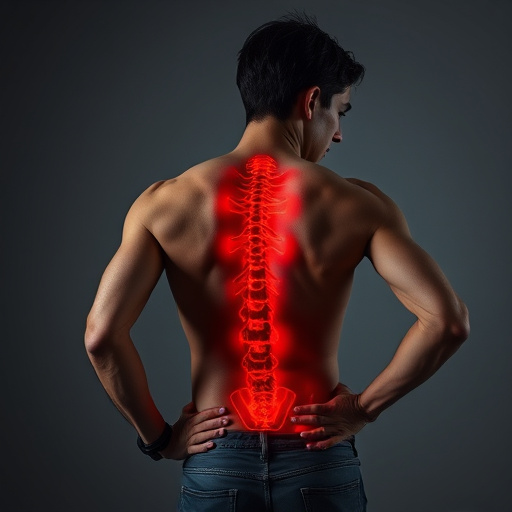
In the chaotic moments following a motor vehicle accident, identifying immediate hazards is paramount for ensuring safety and effective motor vehicle accident care. The initial step in this process involves quickly scanning the surroundings to assess any potential risks. These can include leaking fluids from damaged vehicles, unstable structures nearby, or even the presence of other hazardous materials. Awareness of these dangers allows for the necessary precautions to be taken, preventing further accidents and injuries.
For instance, if a vehicle has suffered significant damage, particularly in the fuel tank or exhaust system, there’s an increased risk of fire or inhalation hazards. In such cases, trained professionals should manage the situation, utilizing specialized equipment and knowledge of safety protocols for motor vehicle accident care. This immediate hazard assessment is crucial in coordinating effective response measures, including mobilizing rehab services, implementing personalized treatment plans, and facilitating functional rehabilitation to restore individuals’ mobility and independence post-accident.
– Protecting oneself and others at the scene
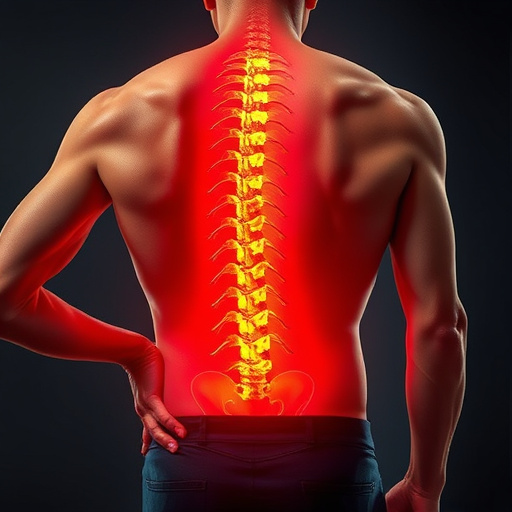
At the scene of a motor vehicle accident, ensuring everyone’s safety should be the top priority. The first steps after an accident involve protecting oneself and others from further harm. If possible, move vehicles to a safe location away from traffic, and turn on emergency lights or flares to warn other drivers. Ensure that all occupants are wearing seatbelts, and check for any injuries—both obvious and potential hidden ones like sciatica relief or mobility issues.
It’s crucial to remain calm and take stock of the situation. If anyone is injured, provide first aid if trained to do so, and call emergency services promptly. While waiting for help to arrive, keep everyone warm with available blankets, and avoid moving injured individuals unless necessary, as incorrect positioning can exacerbate injuries. Mobility improvement techniques should be left to professionals, who can offer non-invasive treatment options for more severe cases.
In the event of a motor vehicle accident, prompt and safe care is crucial. By assessing the scene, identifying hazards, and prioritizing safety, individuals can ensure their well-being and that of others involved. Following best practices for motor vehicle accident care, such as protecting the accident site and tending to injured parties with empathy and urgency, significantly enhances the overall response and recovery process.






